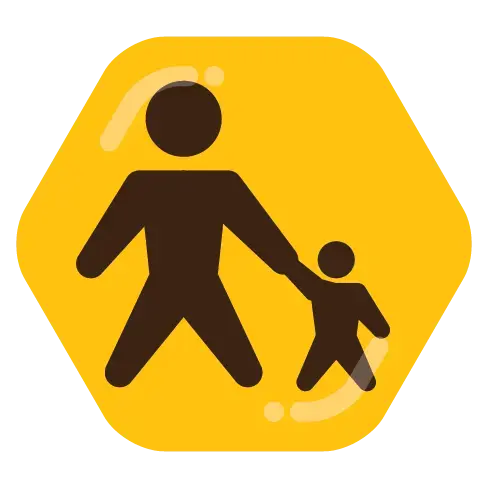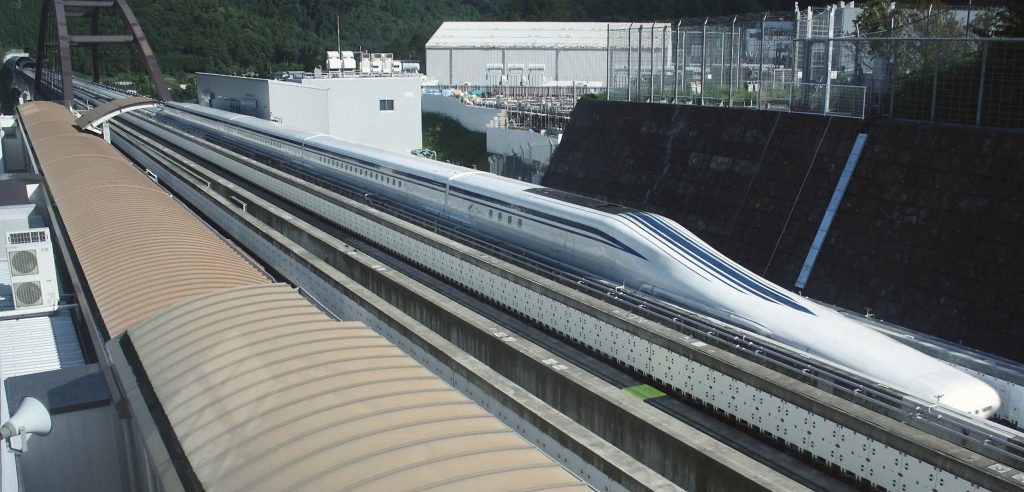- 6 Posts
- 9 Comments
Trains are designed to operate for 30 or more years so the turnover is slower than cars, which have an average age of 12 in USA.
12 foot ladder- https://archive.ph/iZqnd

 0·22 days ago
0·22 days ago12 foot ladder- https://archive.ph/XRppG

 1·22 days ago
1·22 days agoA somewhat shallow look at China’s HSR network that nevertheless provides some insights into how new lines are transforming some regions.
I don’t understand why western media is so reluctant to acknowledge the broader social, economic and political benefits these lines are intended to provide. Failing to consider such questions means they will never understand China.

 0·22 days ago
0·22 days agoI read an article about China’s HSR that stated that a line with a top speed of 350km/h was 90% more expensive to build than a line built for 250km/h. The trains don’t spend much time at top speed during short journeys either. https://www.economist.com/china/2017/01/13/china-has-built-the-worlds-largest-bullet-train-network
A cubic meter of air weighs 1kg according to a Big, Bigger, Biggest episode about France’s TGV. Japan’s new Maglev is significantly smaller than the Shinkansen and the tunnels it runs through are 20% bigger since standard HSR already has problems with tunnel boom that can be mitigated at the tunnel entrance and exit. I also wonder how trains traveling in opposite directions will handle passing each other at 1000km/h given China is already working on next gen trains with that speed as a goal.

 0·23 days ago
0·23 days agoDoubling the speed turns a 4 hour journey into a 2 hour journey saving you 2 hours. Double speed again and it drops to 1 hour so you only save 1 hour, double again and you save 30 minutes. So the time saving is cut in half each time.

 1·23 days ago
1·23 days agoConcorde only flew 2 routes; NYC to London and NYC to Paris so in exchange for training pilots and engineers and securing supply chains for the aircraft you got a tiny return on investment. BA also kept a spare aircraft permanently parked in New York that could step in if there were any problems with the primary craft, another significant expense.
Installing lie flat beds and suites in standard jumbo jets provided similar profits with way fewer headaches.

 4·23 days ago
4·23 days agoI feel that even if someone succeeds with Maglev it will at best be the Concorde of the railways due to the higher costs and inconvenience of using a niche technology with a limited supply chain and limited number of engineers available to build and maintain lines. Proprietary tech also limits your ability to shop around or negotiate better prices. Remember that Concode was profitable but was retired because it was uneconomical.
I also wanted to draw attention to the diminishing returns higher speeds deliver: 100km/h train = 4 hour journey 200km/h train = 2 hours 300km/h train = 1 hour 20 mins 400km/h train = 1 hour 500km/h train = 48 mins 600km/h train = 40 mins
This ignores acceleration and breaking times and the faster your train the sooner it has to start decelerating in order to avoid overshooting it’s destination. One overlooked time saving that HSR delivers is that the need to build straight tracks and skip stops to maintain speed means a more direct route to your destination delivered at the expense of the places in between. High speed service is actually a downgrade for many communities as the trains no longer serve local stations.






There’s a movement in Spain and people put stickers in their shop windows that say, “You can use my phone” so kids can call home without the need to carry their own phone.